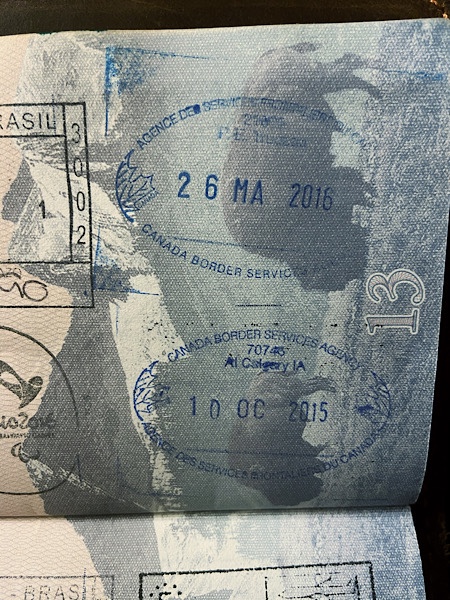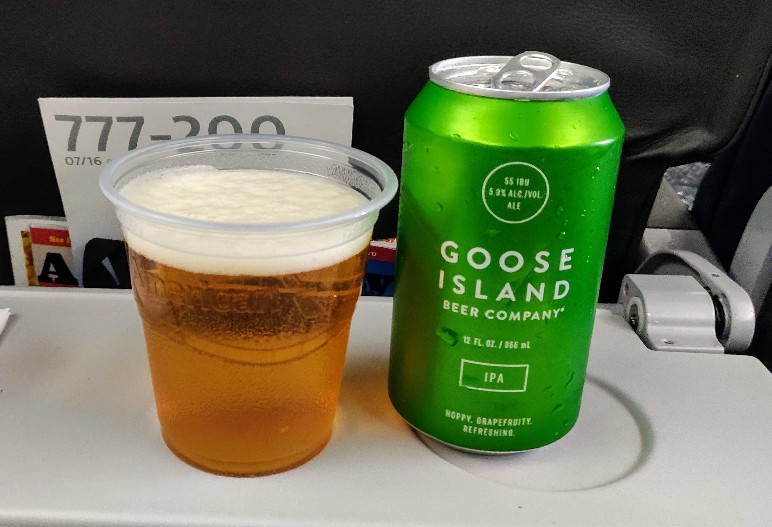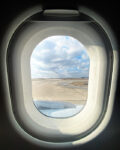Most three-digit airport codes make sense. SFO is short for San Francisco, ATL is universally recognized as shorthand for Atlanta, and even IAH stands for the international airport of Houston. Visitors who travel to our neighbors to the north may notice that Canadian airport codes all seem to start with the same letter. Today, we dive into why Canada’s IATA airport codes begin with the letter “Y”.
What is an IATA airport code?
First, let’s understand why we even use IATA airport codes. The International Air Transport Association, more commonly known as IATA, was founded in 1945 to serve as the trade association responsible for implementing safe & efficient business policies.
Now representing over 250 airlines around the world, IATA is responsible for publishing the three-digit airport codes that are used for all commercial aviation operations. Passengers are familiar with these three-digit airport codes because IATA codes are used for ticketing & other passenger-facing communications.
What is the difference between IATA and ICAO airport codes?
IATA codes are the airports that most travelers are familiar with, but they aren’t the only codes used to identify airfields. Pilots & air traffic controllers use a whole different set of airport codes published by the International Civil Aviation Organization (ICAO). The ICAO is responsible for setting international air travel standards, so ICAO airport codes are utilized in the aviation industry for official tasks like flight planning and air traffic control. All active airports have an ICAO code, but some small airports without commercial operations may not have an IATA code.
Most of the world’s ICAO codes are completely unrecognizable when compared with the IATA code, but North America’s ICAO codes are often based on their IATA code. For reference, let’s look at some of the IATA & ICAO codes for the largest airports in Canada:
| Airport | Province | IATA Code | ICAO Code |
| Toronto Pearson International Airport | Ontario | YYZ | CYYZ |
| Vancouver International Airport | British Columbia | YVR | CYVR |
| Montréal–Trudeau International Airport | Quebec | YUL | CYUL |
| Calgary International Airport | Alberta | YYC | CYYC |
| Edmonton International Airport | Alberta | YEG | CYEG |
| Ottawa Macdonald-Cartier International Airport | Ontario | YOW | CYOW |
| Winnipeg James Armstrong Richardson International Airport | Manitoba | YWG | CYWG |
| Halifax Stanfield International Airport | Nova Scotia | YHZ | CYHZ |
| Billy Bishop Toronto City Airport (Toronto Island) | Ontario | YTZ | CYTZ |
| Kelowna International Airport | British Columbia | YLW | CYLW |
This means that Canada’s ICAO airport codes are doubly redundant: not only do they have the ICAO-specific “C” prefix to identify them as airports located on Canadian ground, but also the “Y” prefix from their IATA code.
To keep things simple, the three-digit IATA codes are the only codes that travelers really need to know (though avgeeks will beg to disagree!). IATA codes are used for all passenger-facing communications; ICAO codes are only relevant for people concerned with flight operations & ATC movements.
So why do Canada’s IATA airport codes begin with “Y”?
Most countries don’t have standardized IATA airport code prefixes, but Canada’s airport naming convention is rooted in pre-IATA identification codes. Canada was already using two-digit call signs to identify station locations that helped pilots navigate to airports. Airports with weather/radio stations were given the “Y” prefix, while airports without these facilities were assigned a “W” prefix. Quite simply, the “Y” stands for yes and “W” is short for “without”. The overwhelming majority of Canadian airports begin with a “Y” these days, though we did find a few tiny airports like WPC (Pincher Creek Airport) & WNN (Wunnumin Lake Airport) that begin with the rare “W” prefix. This helps explain how Vancouver ended up with YVR and Winnipeg got YWG: the Y prefix precedes two-digit codes that seem to be shortened versions of the airport’s city (e.g. Vancouver).
How then does Canada explain confusing airport codes like Toronto’s YYZ or Montreal’s YUL? Canada’s station codes were originally used to identify different towns’ telegram stations along the Canadian National Railway system. Toronto Pearson International Airport’s YZ code comes from the Morse code identifier for the area of Malton where the airport was actually built, and Montreal’s UL suffix was the radio beacon identification code for its neighboring town of Kirland.
Nowadays, virtually every airport in Canada has a IATA code that begins with a “Y”, though not all airport codes that begin with “Y” are in Canada. YNG in Youngstown, OH and YUM in Yuma, AZ are a couple examples of U.S. airports that are exceptions for obvious reasons.

Final Thoughts
Learning all of this gave me a newfound appreciation for the history of aviation instruction in Canada. What I assumed were randomly assigned letters are actually a glimpse into each airport’s past. In a world of mega-sized metropolitan areas featuring massive international airports, it is easy to forget that many major airports fall outside of city limits & have their own unique story.
Citizens of Richmond, British Columbia deal with oblivious visitors to YVR who assume they are stepping out into the city of Vancouver as soon as they walk off the jetbridge. The same goes for the people of Malton (now Mississauga) for YYZ visitors and countless other smaller communities that feel overshadowed by larger cities.
The next time you fly into an airport, take a minute to look into the history of its airport code. There is hidden history behind many of the world’s IATA airport codes.
What other IATA codes do you know with interesting backstories? Let us know in the comments below!





Still don’t understand why Toronto Pearson Airport is YYZ, or Montreal is YUL! It flies in the face of common practice from around the world.